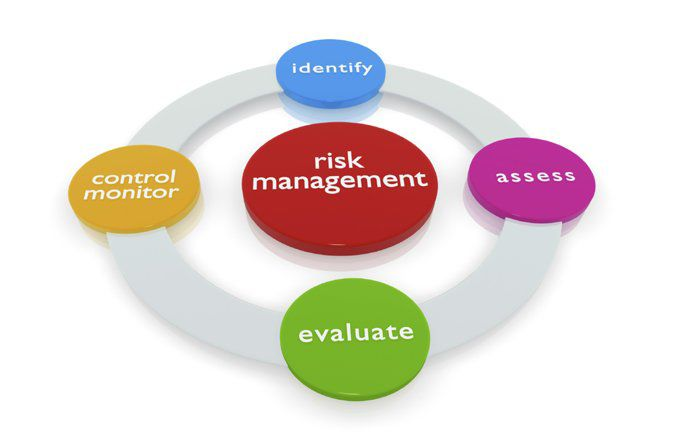Risk Management on Trades

Important Tips for Risk Management on Trades
Diversification: Spread your investments across different assets, sectors, or markets to reduce the impact of a single loss. Diversification helps mitigate the risk associated with any one trade or investment.
- Position Sizing: Determine the appropriate size of each trade based on your risk tolerance and account size. Avoid risking more than a small percentage of your capital on any single trade. This ensures that a series of losses won’t wipe out your entire account.
- Stop Loss Orders: Set stop-loss orders to automatically exit a trade if it moves against you beyond a certain point. This helps limit potential losses and prevents emotional decision-making during market volatility.
- Risk-Reward Ratio: Assess the potential risk and reward of each trade before entering. Aim for a favorable risk-reward ratio, where the potential reward outweighs the risk. This means setting profit targets that are at least as large as your stop-loss levels.
- Risk Assessment: Continuously evaluate and monitor the risks associated with your trading strategies. Stay informed about market conditions, economic events, and other factors that could impact your trades.
- Adaptability: Be flexible and willing to adjust your trading approach based on changing market conditions. If a trade isn’t performing as expected or market dynamics shift, consider cutting losses early or adjusting your strategy accordingly.
- Position Diversification: Avoid overexposure to any single position or asset class. Even if you’re confident in a particular trade, limit the size of your position to prevent significant losses if it goes against you.
- Emotional Discipline: Keep emotions in check and stick to your risk management plan, even during periods of uncertainty or market fluctuations. Avoid making impulsive decisions based on fear or greed. By implementing these risk management principles, traders can minimize potential losses and increase the likelihood of long-term success in the markets. Remember that risk is inherent in trading, but prudent risk management can help mitigate its impact.
For more information visit our official Tradesguru website.








